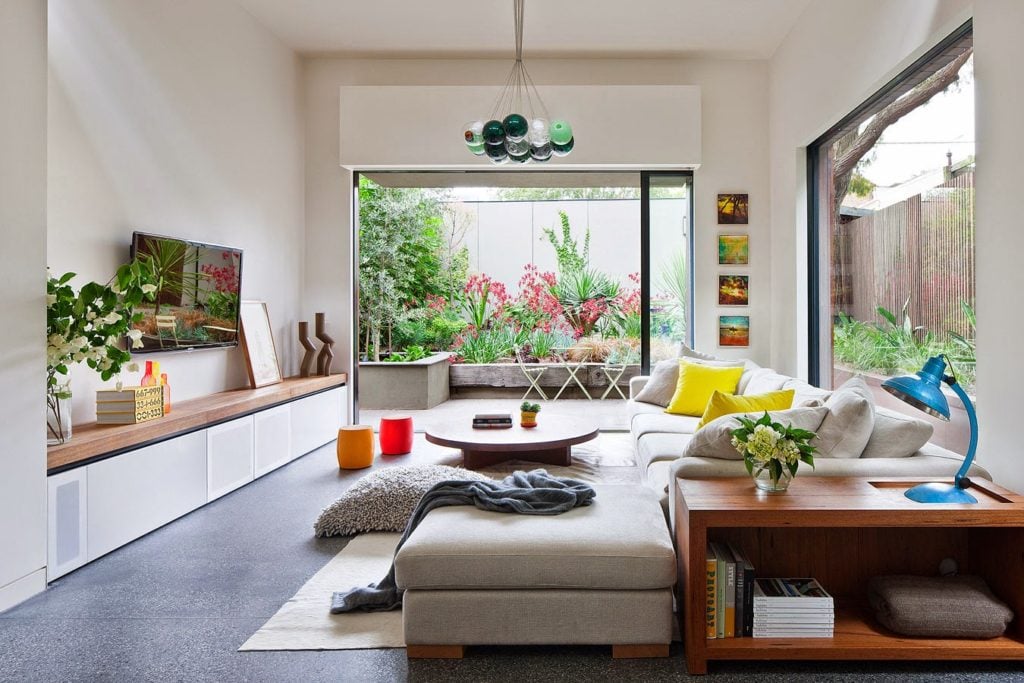Renovation case studies are invaluable tools for homeowners, builders, and design professionals in search of to understand the real-world software of architectural ideas, construction requirements, and project administration strategies. By analyzing detailed recorded examples of completed renovation tasks, stakeholders can gain insights into sensible challenges, progressive solutions, and measurable outcomes such as elevated property value, enhanced vitality efficiency, and improved occupant consolation. These case research go beyond theoretical data, illustrating how specific materials, structural updates, and spatial reconfigurations reply to code compliance, client needs, and price range limitations to drive profitable transformations.

Before embarking on a renovation, understanding how previous projects navigated widespread pitfalls and leveraged design benefits offers distinct benefits. Renovation case research present a framework via which householders and professionals can anticipate structural challenges, optimize material selection, and forecast return on investment.

Each renovation project presents unique conditions—aging constructing envelopes, substandard unique supplies, or outdated layouts—which case research expose in context. By examining points such as load-bearing wall removing or foundation reinforcement documented in case research, stakeholders can anticipate needed structural interventions. This foresight reduces the risk of cost overruns and schedule delays and helps prioritize interventions that preserve or enhance building integrity.
Renovation case studies usually embrace detailed price range breakdowns, clarifying where expenses concentrated and the place savings were achieved. This transparency equips property owners and developers with sensible price expectations, allowing higher monetary planning. Case research that reveal strategic funding in energy-efficient systems or sturdy finishes demonstrate how upfront prices can be offset by lowered operational expenses and increased property market worth.
Insights from case research frequently highlight the consumer experience improvements achieved, corresponding to increased pure mild, better thermal consolation, or optimized flooring plans. By linking particular design choices with occupant satisfaction and practical outcomes, case studies enable designers and householders to copy or customize high-impact interventions, immediately enhancing daily living requirements.
Transitioning from the broad strategic advantages, a deeper exploration of how renovation case research doc compliance with constructing codes and requirements is crucial for making certain safety and longevity in reworking projects.
Compliance with local and worldwide building codes underpins all renovation tasks, affecting structural integrity, fireplace security, accessibility, and energy conservation. Case research illustrate sensible implementations of these codes, providing steering grounded in actual eventualities.
Structural retrofitting is a cornerstone of many renovation projects. Case studies reveal detailed approaches to load redistribution when modifying ground plans or putting in new gear, ensuring adherence to codes such because the International Building Code (IBC). Seismic upgrades, including shear wall additions or basis bolting, are meticulously documented, demonstrating how these measures minimize threat in earthquake-prone regions.
Renovations often should improve fire security methods to satisfy current standards. Case research present integration of fire-rated assemblies, alarm systems, and adequately sized egress paths. These examples illustrate the practical challenges of retrofitting fireplace limitations in older buildings without sacrificing usable space while making certain compliance with NFPA codes.
Modern renovations incessantly handle accessibility, increasing usability for all occupants. Case studies document profitable ramps, widened doorways, and barrier-free showers put in to satisfy ADA (Americans with Disabilities Act) requirements. These diversifications improve market enchantment and occupant independence, illustrating how regulatory compliance aligns with inclusive design goals.
With sustainability mandates increasing, renovation case research emphasize how insulation upgrades, window replacements, and HVAC enhancements achieve energy code compliance and certification programs like LEED or Passive House. These case research reveal how focused vitality retrofit measures reduce utility prices and contribute to environmental stewardship.
Understanding regulatory frameworks is vital, however maximizing renovation advantages equally is decided by choosing optimum supplies and construction techniques, which is best realized via documented examples.
The selection of supplies and construction methods instantly impacts durability, aesthetics, maintenance calls for, and overall project sustainability. Renovation case research present an empirical basis for assessing efficiency over time and under various situations.
Case studies evaluating heritage materials preservation (e.g., brick, timber) with contemporary alternate options (steel framing, engineered composites) illuminate trade-offs in value, look, and lifespan. Understanding these elements helps decision-makers steadiness authenticity with performance improvements.
Advanced methods similar to prefabrication, modular development, and 3D scanning for exact measurements are increasingly featured in case studies. These methods scale back waste, speed up scheduling, and improve accuracy—factors that enhance profitability and client satisfaction.
Water intrusion and thermal bridging remain frequent renovation challenges. Detailed case studies clarify successful integration of vapor barriers, drainage planes, and steady insulation to safeguard constructing envelopes, pequenas reformas thereby preventing deterioration and decreasing heating-cooling calls for.
Case research examples demonstrate the retrofit of electrical, plumbing, and intelligent control techniques that modernize useful capabilities without compromising structural integrity or aesthetic goals. This integration enhances consolation, safety, and vitality management, delivering future-ready houses.
Material and method concerns lead naturally to the topic of project management—the pivotal course of of reworking renovation blueprints into profitable outcomes documented through case studies.
Effective management of renovation projects calls for coordination of design, building, and shopper expectations inside constraints of time and budget. Case research provide concrete lessons in optimizing these processes.
Case research underscore the importance of clear scope articulation to stop scope creep, a infamous explanation for delay and overspending. Examples show how agile change management frameworks mitigate dangers when unforeseen situations demand plan changes.
Successful renovations document how regular, transparent communication among homeowners, architects, contractors, and inspectors fosters problem-solving and consensus. Case studies illustrate collaborative digital platforms and on-site coordination strategies that hold initiatives aligned and responsive.
Documented best practices in case research spotlight systematic high quality checks at key milestones to ensure compliance with design intent and codes. Proactive inspections reduce costly rework and contribute to long-term sturdiness.
Case studies usually narrate risks encountered—from hidden mould to structural surprises—and how pre-planned contingencies enabled timely, cost-contained responses. This documentation illustrates the worth of foresight in complicated renovations.
Having examined the technical, material, security, and management dimensions, it is equally necessary to explore how renovation case research handle occupant psychology and useful adaptation to make sure spaces meet emotional and lifestyle wants.
The intersection of architectural design and human psychology enriches renovation outcomes by creating spaces that resonate with users' identities and every day routines. Case studies showcase successful methods for this alignment.
Renovation examples document how reconfigured spaces promote natural circulation and intuitive use, reducing stress and rising productivity. This can embrace removing of unnecessary partitions, creation of multifunctional areas, or enhanced sightlines, all grounded in behavioral research.
Case research demonstrate how texture, shade, and light manipulation contribute to temper and well-being. Carefully chosen finishes and lighting schemes have measurable effects on occupant comfort, which case studies hook up with elevated satisfaction and way of life enjoyment.
Personalized interventions such as built-in storage tailor-made to consumer habits or adaptive reuse of sentimental materials emerge regularly in case research. These particulars foster emotional attachment, increasing the likelihood of long-term property retention and reducing turnover costs.
Concluding this exploration, a synthesis of key takeaways from renovation case research will equip readers to initiate well-informed projects with clear, actionable subsequent steps.
Renovation case studies function comprehensive guides bridging theory and apply by elucidating how design, material selection, code compliance, Pequenas Reformas project management, pequenas reformas and human elements interplay uniquely in every project. They provide a confirmed roadmap to stability useful enchancment, safety, finances, and aesthetics to maximize property worth and dwelling high quality.
Key takeaways include:
For homeowners and professionals in search of to leverage renovation case studies successfully:
No Data Found!

